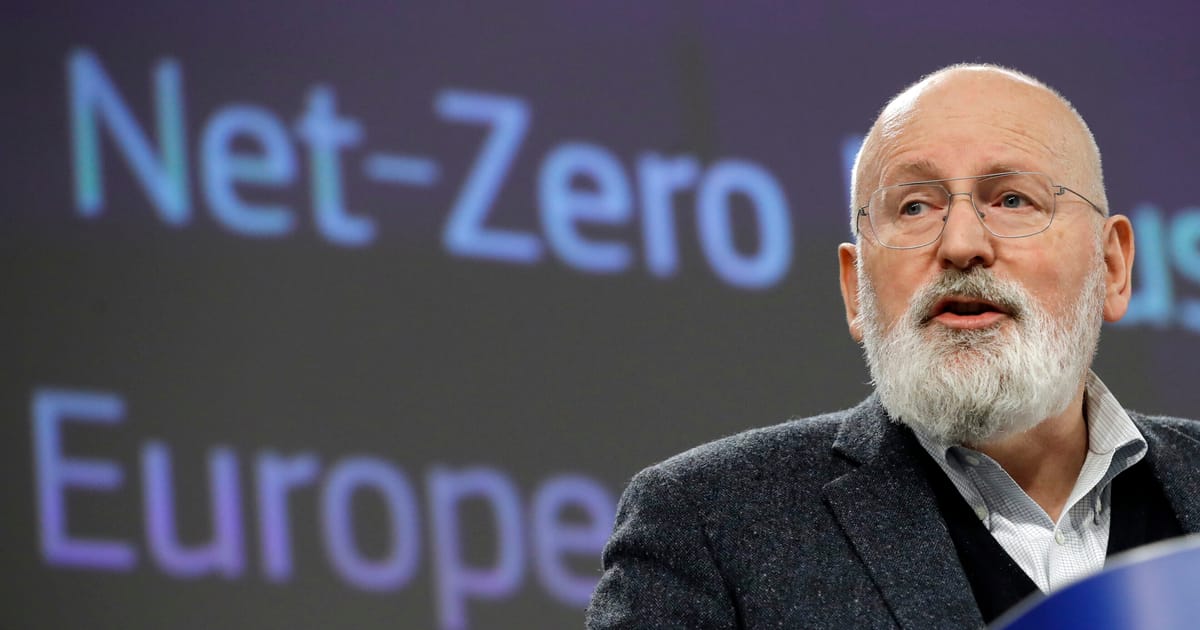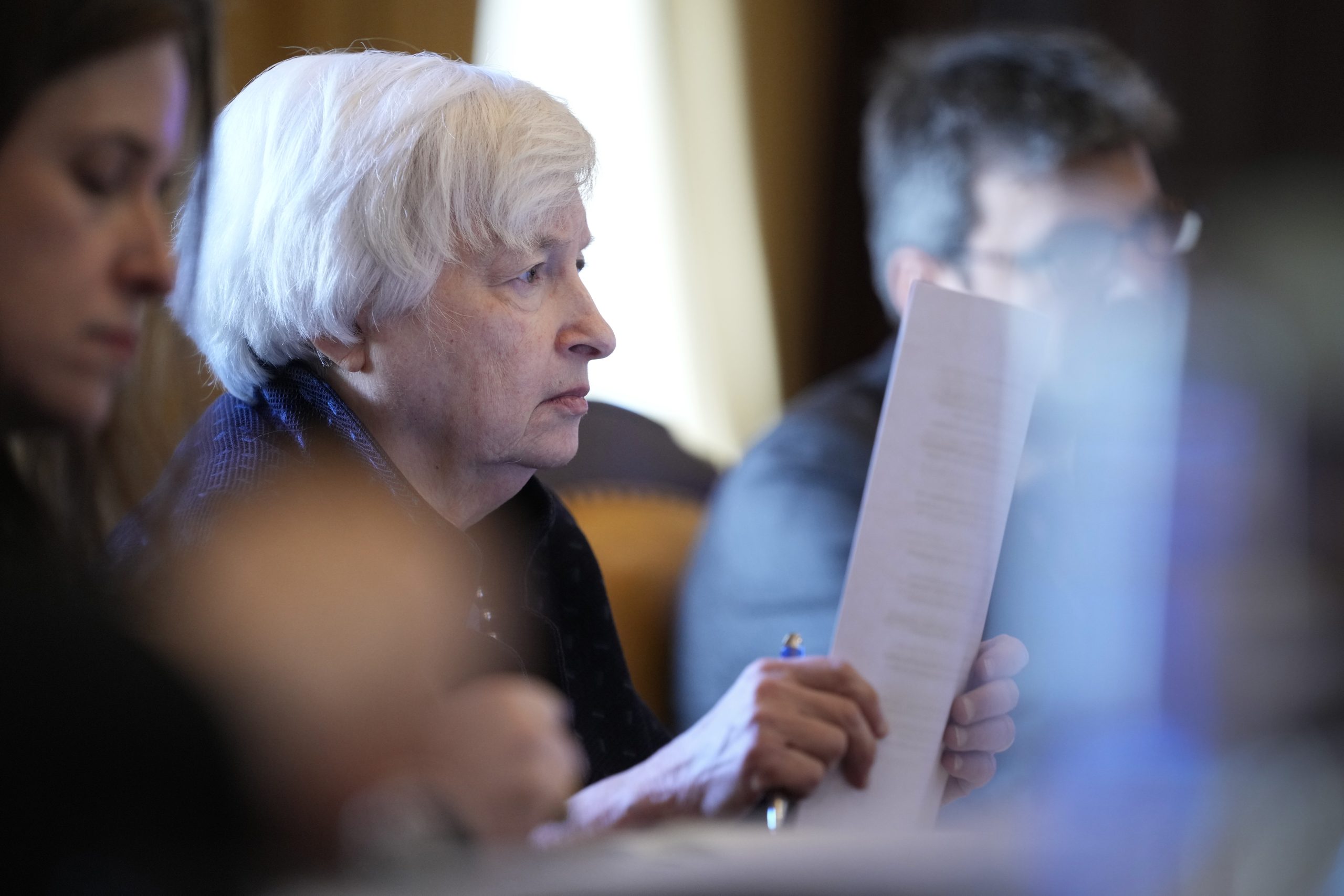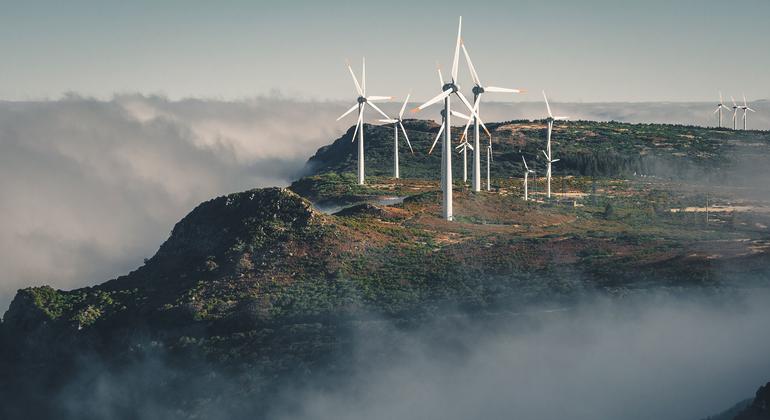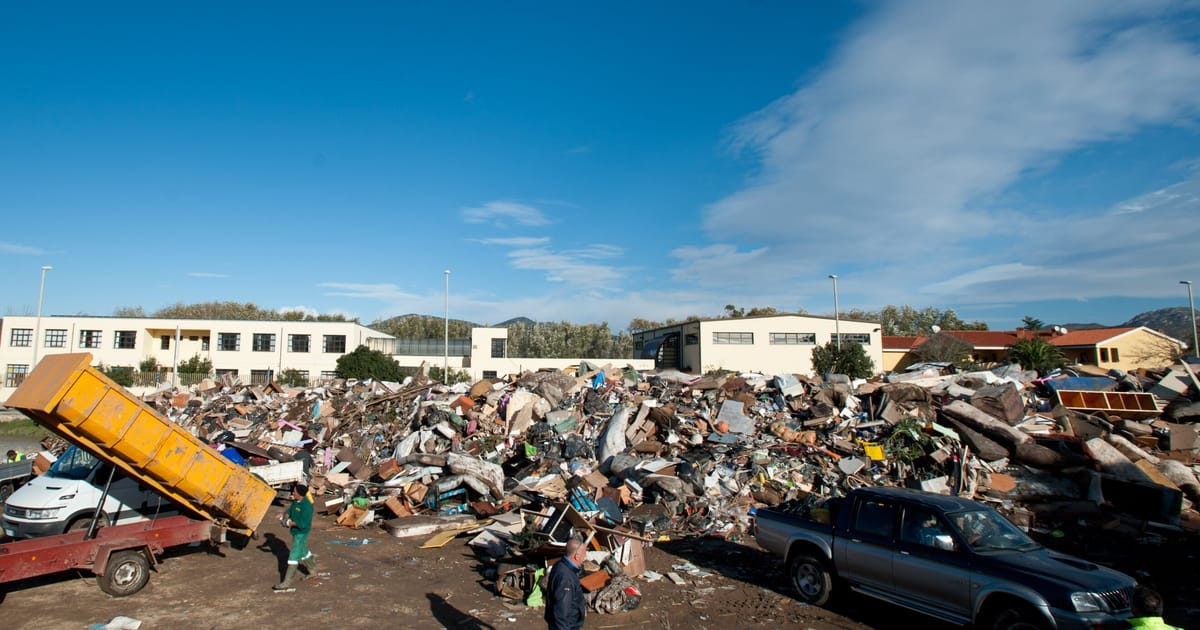Press play to listen to this article
Voiced by artificial intelligence.
The starting gun on the global clean energy race has long been fired — now Europe is finally getting out of the stalls.
Two new proposals, unveiled by the European Commission on Thursday, are meant to set the bloc on track to meet its net-zero goals by shoring up its supply of green technologies and the critical raw materials needed to build them: the Net-Zero Industry Act and the Critical Raw Materials Act.
Drafted in record-time, the proposals are part of the EU’s Green Deal Industrial Plan — the bloc’s response to the U.S. Inflation Reduction Act and its bonanza of green subsidies — and are seen as key to reining in the green industry’s global front-runner, China.
“For too long,” Europe thought “the market would take of everything itself,” the EU’s Green Deal chief Frans Timmermans said Thursday. “We now understand that the strategic choices China made a decade ago are now coming home to roost and we also have to make our own strategic decisions now for the decades to come.”
Here are five things to know about the new plans, which still need to be negotiated in the European Parliament and among member countries.
1. What’s the goal?
There’s one clear target for both pieces of legislation: ending Europe’s reliance on Beijing, which is by far the largest producer of major clean energy technologies.
In a move that critics say pushes Brussels away from its long-held free market ideals, the proposals set a number of domestic production targets — objectives, rather than legally binding outputs — that should be reached by the end of the decade.
The Net-Zero Industry Act, which is aimed at boosting Europe’s green industry, requires at least 40 percent of clean tech that the EU needs to meet its climate goals to be made inside the bloc by 2030.
Similarly, the new critical raw materials rules — aimed at shoring up the bloc’s supplies — set a target of mining at least 10 percent of the bloc’s annual consumption of a select number of critical raw materials and processing at least 40 percent of that consumption by 2030.
Both laws also contain diversification targets that are meant to reduce the bloc’s dependence on imports dominated by “a single third country” — read, China.
2. What’s covered?
The EU executive wants to build up its manufacturing capacity for a host of green technologies — including solar energy, wind energy, batteries and storage, heat pumps and geothermal energy. The list also includes electrolyzers and fuel cells, biomethane, grid technologies, and carbon capture and storage.
It also wants to accelerate the deployment of CO2-storage facilities — whose limited presence, Brussels says, is partly responsible for slowing big polluters’ efforts to decarbonize.
Controversially, the Net-Zero Industry Act doesn’t include nuclear energy on its list of “net-zero strategic projects” — technologies that can benefit from the fastest permitting process — meaning it also doesn’t contribute to achieving the 40 percent target for domestically produced clean energy tech.
Only small modular nuclear reactors and nuclear plants with limited waste are included as second-tier priority technologies, granting them access to some general incentives such as streamlined permitting procedures.
The Commission also wants to ramp up sourcing, processing and recycling for 16 so-called strategic raw materials — including copper, lithium, nickel and rare earth elements for magnets — selected based on their relevance for the green and digital transitions. The list will be updated every four years.
The Critical Raw Materials Act also sets out specific measures targeting a broader list of 34 critical raw materials.
3. How will we get there?
The Commission proposes selecting projects that will help it achieve its targets and granting those quicker permitting and additional funding.
With its Net-Zero Industry Act, the EU executive wants to fast-track construction of energy infrastructure and other projects that will contribute to the net-zero push.
Projects that receive a special “strategic project” status — and have an annual output of more than 1 gigawatt — would see permitting timeframes slashed to just one year; projects below that level would be greenlit within nine months.
The Commission has floated a similar approach in its critical raw materials proposal, with strategic projects benefiting from quick permitting: two years for mining projects, and one year for processing and recycling facilities. That would apply to projects within and outside of the bloc.
“You need five years at a minimum to start extraction … so we need to significantly reduce the lead time,” Internal Market Commissioner Thierry Breton said Thursday.
4. Where will the money come from?
The EU is relaxing state aid rules, a move that will allow governments to more easily deploy cash to support strategic projects.
The Commission’s new Temporary Crisis and Transition Framework, for example, will simplify state aid rules for renewable energy deployments and projects aimed at decarbonizing industrial processes — measures that will benefit projects targeted by the Net-Zero Industry Act and the Critical Raw Materials Act.
The EU executive is also considering setting up a so-called European Sovereignty Fund that would entail new joint borrowing, meaning EU capitals would have access to fresh cash instead of exclusively tapping into their own budget and other existing EU funds.
But the Commission is not explicitly earmarking any new cash to achieve its aims — to the disappointment of industry groups.
Wolfgang Niedermark, a member of the Federation of German Industries (BDI), argued that the EU should implement the kind of tax breaks seen in the U.S.’s Inflation Reduction Act in its critical raw materials proposal rather than “[refer] vaguely to other EU programs and the member states.”
5. What about the environmental and social cost?
Reshoring green industry supply chains comes at an environmental and human cost that has so far been hidden from sight in Europe. That’s about to change.
According to the new proposals, the construction of energy infrastructure and strategic mining, refining and recycling projects can be designated as being of overriding interest — meaning they would be given priority in the event of legal conflicts with other laws, such as nature conservation and water protection rules.
Industry has been calling for this — particularly when it comes to opening new mines to extract critical raw materials — but NGOs warn that the move risks damaging Europe’s natural environment.
Tobias Kind-Rieper, global lead for mining and metals at WWF, argued that “from our perspective, biodiversity and avoiding climate change is also a public interest.”
Civil society groups have also lamented that the rules don’t allow for input from local communities affected by the projects or include enough safeguards to protect them from any negative impacts.
Charlie Cooper contributed reporting.




